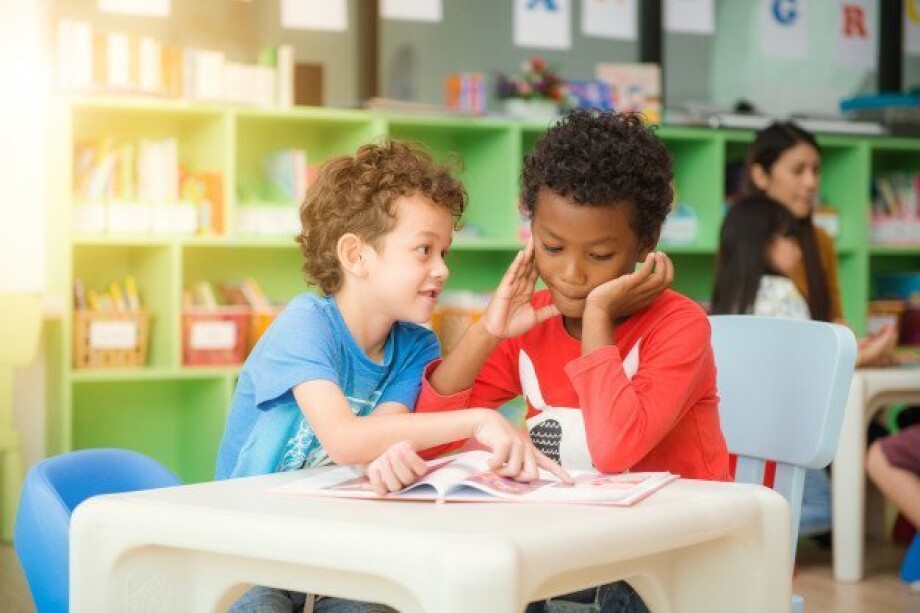Learning is a complex procedure that goes on in the person’s brain. The fast rhythm of the 21st century forces us not just to live faster but also to learn faster to catch up with our peers. But how to make learning quicker and where to start? In this article we are going to reveal the secrets of accelerated learning in primary school and provide some techniques.
What is Accelerated learning?
Many researches have already proven that kids are able to learn easier and faster than adults. Studies show that the best time to learn a new language is between birth and age 7. The main reason of it is that most children learn unconsciously and in a natural way. Actually they do not even recognise that they are learning something. In this respect it is worth mentioning that there is a special approach in linguistics that provides an atmosphere in the ESL classroom where learners are able to comprehend information in a natural and faster way. This method is called Accelerated learning. It increases learning effectiveness and saves time and money.
Main principles of Accelerated learning
To implement accelerated learning techniques in the ESL classroom properly, one should understand the basic principles of it. These principles are based on the studies of the human brain and how it gets knowledge. Here are the seven principles.
- Learning involves mind and body.
- Learning is creation not consumption.
- Collaboration aids learning.
- Learning takes place on many levels simultaneously.
- Learning comes from doing the work itself (with feedback).
- Positive emotions greatly improve learning.
- The image brain absorbs information instantly and automatically.
Accelerated Learning environment
It goes without saying that the environment plays a crucial role in one’s learning procedure. And of course, kids are not an exception. Hence, if you want your young students to learn and to grasp faster and more effectively, you should make a safe and positive atmosphere for them. Mind that the environment should not be boring and restrictive, it should be colourful, welcoming and pleasant. For a motivating atmosphere you can use puppets, toys, posters. The learning environment can be positive due to the teacher’s warm attitude and behaviour.
Accelerated learning techniques
Having defined the notion of accelerated learning and having introduced the main principles of it, now we can move on to the techniques that are easily applicable in primary school.
Flash cards
One of the most favorite instruments for visual children are flash cards. They attract kids’ attention due to different colours. Flash cards provide your students the opportunity to see the object on them and to think faster. How to use flashcards and where to download them you can read in our previous article.
Memory games
Another amazing tool that most kids are fond of is games. Throughout their study, children are represented new sounds, concepts, ideas, words, grammar material, that they should keep in their memory. In this respect memory games can help them to store information in their brain and to promote to the accelerated learning. Among memory games you can find matching pairs, picture bingo, what’s missing, I went shopping, etc.
Action Songs
Many kids enjoy singing songs, so why not make the most of it? Use action songs with your younger learners to improve their listening and speaking skills and to make learning procedure quicker and easier.
To finalise, we can definitely admit that accelerated learning techniques provide opportunity to deliver material to kids more effectively making learning procedure fun rather than an obligation.
Mind maps
Mind mapping is an amazing tool to use in the classwork to engage your kids. They mainly concentrate on drawing the map, colouring it, and brainstorming comes automatically and in a natural way.
Presentations, posters
To accelerate the learning process you can ask your kids to work in pairs or in groups and to make posters or presentation on this or that topic. Accordingly they draw pictures, make speeches on the base of the presentations and practise Tense Forms, grammar material, speaking skills and enjoy working with peers.
Imagination
Maybe many adults are already far from having bright imagination, but most kids are masters of it. Hence you can make the most of imagination and spice up your lessons. Use different pictures asking your kids to imagine and create a situation on the basis of it. The more vividly your younger learners imagine and visualize a situation, the more effectively the memory is stored.
Association
Due to this method your kids remember words, collocations by linking them using the same color, smell, shape, or feeling. You can create associations by placing them together or wrapped.
How do you accelerate learning procedure? Share your ideas below!







 Маргарита Аветисян
Маргарита Аветисян 


